Save 20% Off SiteWide in our New Year Sale

In recent times, ultralight backpacking has soared in popularity among outdoor enthusiasts, captivating them with its promise of immersing themselves in awe-inspiring landscapes and unlocking a greater sense of freedom.
The allure lies in the ability to shed the burden of heavy gear, enabling backpackers to traverse vast wilderness areas with enhanced agility and reduced strain.
Embracing this minimalist approach, however, necessitates a keen awareness of the specific risks associated with carrying minimal equipment.
However, it is important to recognize that this light-and-fast philosophy comes with its own set of challenges and potential risks.
To ensure a safe and enjoyable experience, it is crucial to delve into the safety considerations of ultralight backpacking and carefully address the specific hazards that can arise.
In this investigation into safety in ultralight backpacking, our focus will be on these key aspects:
- Exposure to Harsh Weather Conditions
- Limited Gear for Emergency Situations
- Fatigue and Overexertion
- Limited Food Reserves
- Inadequate Water Supply
- Reduced Comfort and Sleep Quality
- Limited Margins for Error
- Wildlife Encounters
By doing so, backpackers can gain a deeper comprehension of the potential dangers they might face and proactively address them to ensure their safety.
Exposure to Harsh Weather Conditions
One of the primary hazards lies in the minimalist gear selection of ultralight backpackers, rendering them more susceptible to the unpredictability of Mother Nature.
Sudden weather changes, such as unexpected storms, extreme temperatures, or rapid drops in elevation, can lead to serious risks for those ill-prepared.
To address these potential dangers, ultralight backpackers must take a proactive approach to preparation.
Checking the weather forecast before the trip is essential to packing suitable clothing layers for insulation and protection from rain, wind, and cold.
Additionally, investing in a durable and weather-resistant shelter becomes paramount to providing adequate protection during adverse conditions.
Prioritizing quality and durability in gear selection can be the difference between safety and vulnerability.
For clothing layers, consider a lightweight rain jacket from Arc'teryx, an insulated jacket from The North Face or Mountain Hardwear, and quick-drying base layers from Smartwool or Icebreaker.
For insulated sleeping gear, opt for an ultralight sleeping bag along with an insulated sleeping pad from Therm-a-Rest or Sea to Summit.
When choosing a weather-resistant shelter, options include a durable ultralight tent from Big Agnes or Nemo Equipment or a tarp shelter from Hyperlite Mountain Gear or Zpacks.
Investing in sturdy and waterproof hiking boots or shoes from brands like Salomon or Merrell ensures adequate foot protection.
Lastly, Selecting a weather-resistant ultralight backpack from Osprey or Granite Gear is essential for carrying gear comfortably and securely.
By carefully considering and choosing the right gear, ultralight backpackers can enhance their safety and overall comfort during their outdoor adventures.
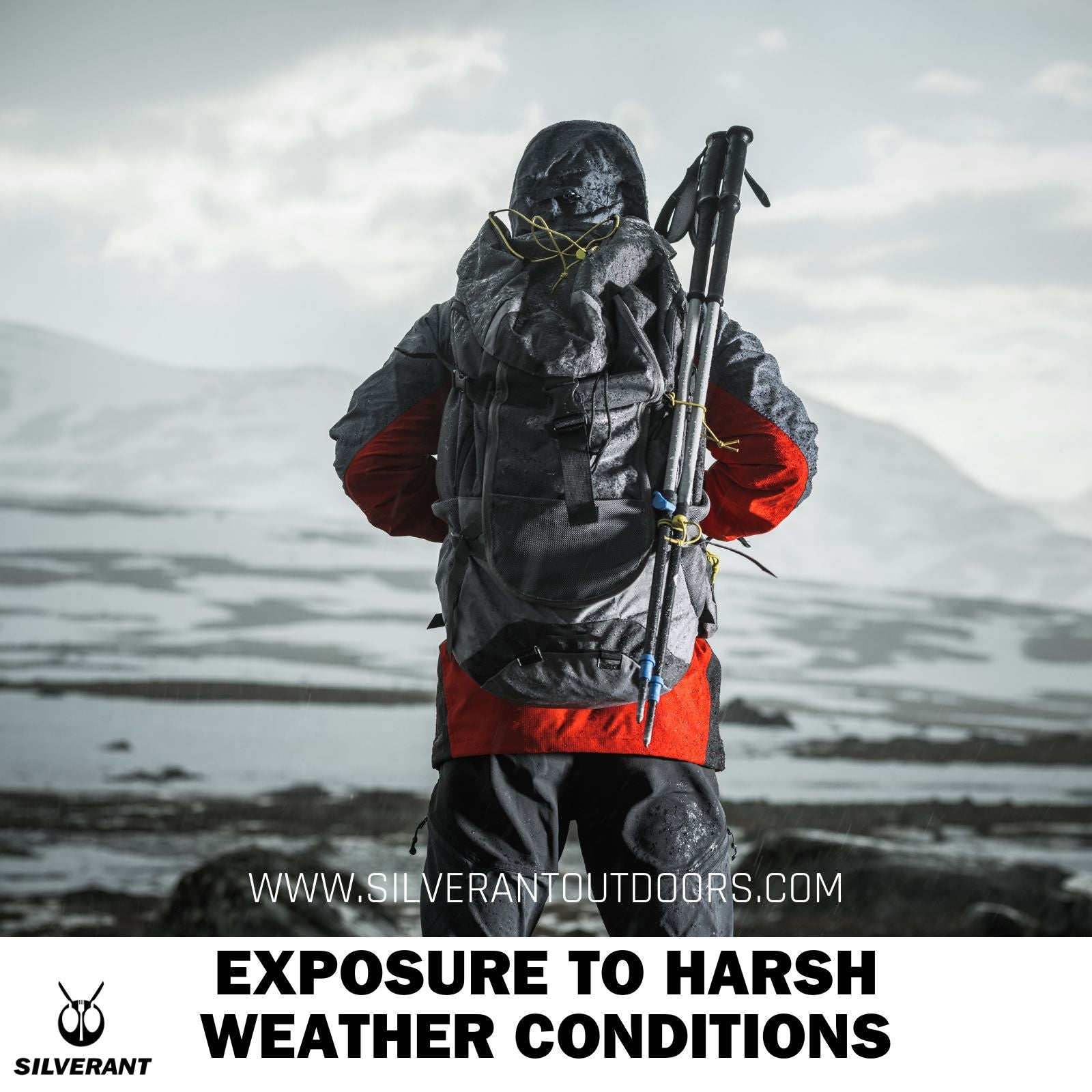
Limited Gear for Emergency Situations
The second risk that ultralight backpackers face is being ill-equipped to handle emergencies or unexpected scenarios.
When minimal gear is carried, it can become challenging to manage injuries, navigate challenges, or get lost in the wilderness.
To address this risk, it becomes crucial for ultralight backpackers to prioritize safety items in their gear selection.
Having the right tools can make a significant difference in handling unforeseen situations effectively.
Here are some essential safety items that should be included in ultralight gear:
First Aid Kit
A well-stocked first-aid kit is essential for any backpacking trip.
It should contain bandages, antiseptic wipes, adhesive tape, pain relievers, tweezers, and other medical supplies to address minor injuries and ailments on the trail.
Navigation Tool (Map and Compass)
Relying solely on electronic navigation devices may prove problematic when batteries run out or devices malfunction.
Carrying a map and compass ensures reliable navigation, even in remote areas with limited GPS signals.
Headlamp
A headlamp is a crucial tool for ultralight backpackers, providing essential visibility during nighttime or low-light conditions.
It is indispensable for evening hikes and setting up camp after dark.
Reputable brands like Petzl and Black Diamond offer lightweight and reliable headlamp options that ensure safety and convenience on the trail.
Fire Starter
A dependable fire starter is of utmost importance in emergency situations while backpacking.
Waterproof matches or a fire starter rod can prove invaluable for igniting fires.
Additionally, it is worth considering carrying a Permanent Match—a compact and reliable option that requires only a small amount of oil and can last for weeks, providing a valuable source of fire when needed most.
Emergency Communication Devices
In remote or challenging terrain, having a means to call for help can be a lifesaver.
Carrying a satellite messenger or Personal Locator Beacon (PLB) enables backpackers to send distress signals to emergency responders in life-threatening situations where regular communication methods may fail.
By including these safety items in their ultralight gear selection, backpackers can be better prepared to handle emergencies and navigate unexpected challenges during their wilderness adventures.
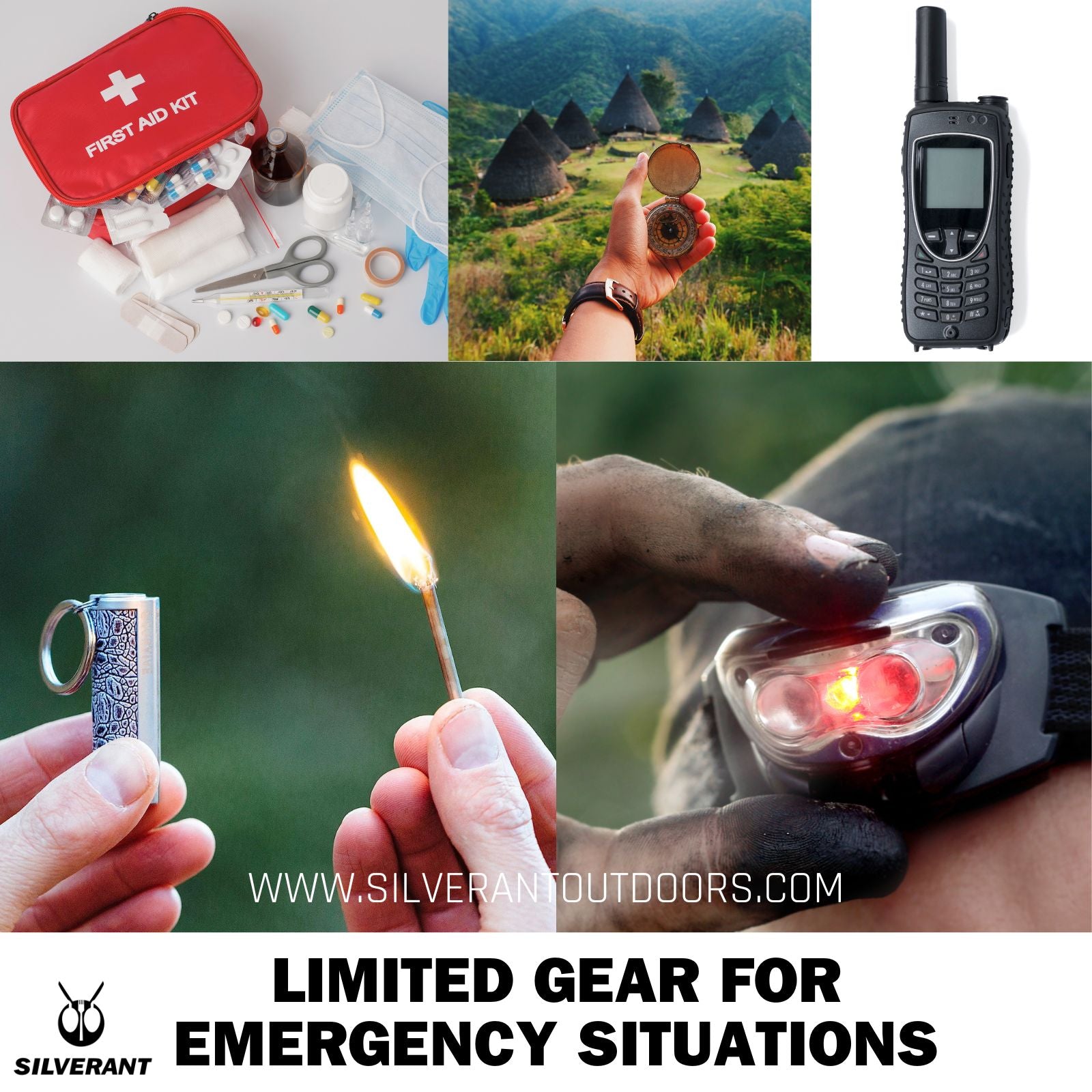
Fatigue and Overexertion
The third risk that ultralight backpackers face is the demand for a higher level of physical fitness and endurance.
Unlike traditional backpacking, ultralight backpacking involves longer hiking days with a pack, which can lead to increased fatigue and exhaustion.
The more fatigued a backpacker becomes, the higher the risk of accidents and injuries on the trail.
Train Yourself
To address this risk, it is essential for ultralight backpackers to train and prepare physically for the demands of their chosen route.
Building strength and endurance through regular exercise and conditioning can help improve overall stamina for long days of hiking.
Engaging in activities such as hiking, running, or cycling can help prepare the body for the physical challenges of backpacking.
Pace Yourself
Pacing yourself is another crucial aspect of ultralight backpacking safety.
Avoiding the temptation to push too hard or cover excessive distances in a single day can prevent overexertion.
It is essential to set a comfortable pace that allows for consistent progress while conserving energy for the duration of the trip.
Take Regular Breaks
Taking regular breaks throughout the day is vital for rest and recovery.
Short breaks can help reduce fatigue and prevent physical strain. Use these breaks to refuel with snacks and water to maintain energy levels during the hike.
Listen to Your Body
Listening to your body is perhaps the most critical aspect of managing fatigue and overexertion.
Recognize signs of exhaustion or discomfort and respond appropriately.
If the body feels fatigued, take additional rest breaks or consider adjusting the daily mileage to avoid overexertion.
By training, pacing, taking regular breaks, and paying attention to physical cues, ultralight backpackers can better manage fatigue and reduce the risk of injuries.
Being physically prepared ensures a safer and more enjoyable backpacking experience on the trail.
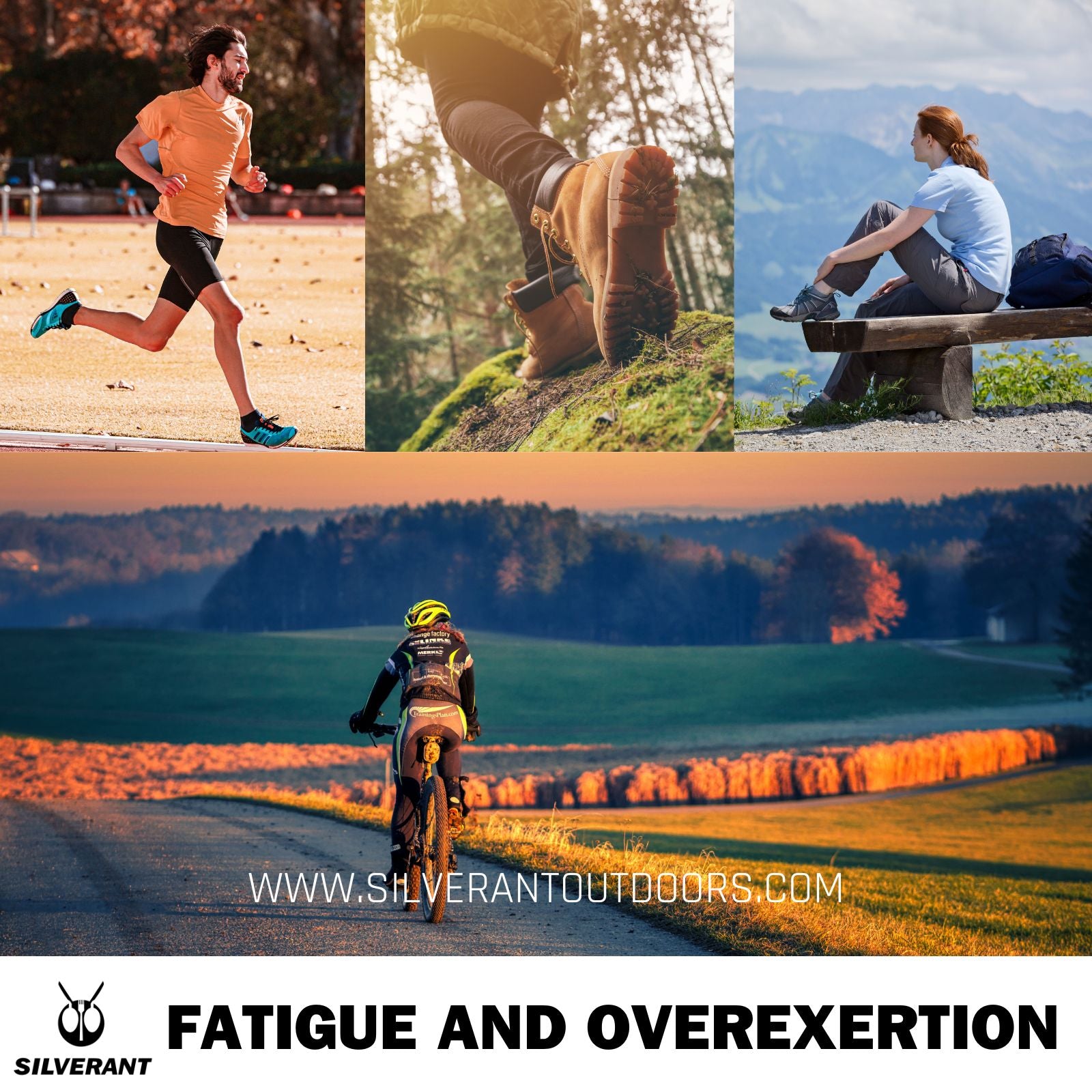
Limited Food Reserves
Limited food reserves also pose a significant challenge for ultralight backpackers.
While carrying dehydrated or freeze-dried meals is a common practice to reduce weight, it also means having limited food options in case of unexpected delays or emergencies that extend the trip.
To address this concern, ultralight backpackers must adopt a strategic approach to meal planning.
Carry Extra Food
Beyond the intended trip duration, it becomes crucial to carry extra days' worth of food to account for any unforeseen circumstances that may prolong the journey.
This additional food reserve acts as a safety net, ensuring that backpackers have enough sustenance to meet their nutritional needs, even if the hike takes longer than expected.
Include High-calorie Snacks
Including high-calorie snacks in the meal plan is also essential.
Such snacks provide quick and accessible sources of energy, helping to maintain energy levels throughout the trek.
Energy bars, nuts, and dried fruits are popular choices among ultralight backpackers for their compactness and high caloric content.
If you wish to delve deeper into cooking on ultralight backpacking trips, please check out the blog piece titled "How to Cook for Your Ultralight Backpacking Trip?"
Understand Local plants
While foraging for wild edibles might seem like a solution to supplement food reserves, it comes with its own set of risks and challenges.
Backpackers should possess a thorough understanding of local plants and responsible foraging practices to avoid consuming anything potentially harmful.
Incorrect identification of edible plants can lead to serious health issues, so it's essential to rely on knowledge from reputable sources or experienced foragers.
Ultimately, striking a balance between minimizing weight and ensuring adequate food reserves is vital for the safety and well-being of ultralight backpackers.
Proper meal planning, carrying extra food, and incorporating high-calorie snacks are practical measures to manage limited food reserves effectively.

Inadequate Water Supply
Inadequate water supply is another critical concern for ultralight backpackers, who opt for smaller water containers to reduce weight.
While this weight-saving strategy can be beneficial in theory, it also means that backpackers might face potential dehydration if they encounter scarce or contaminated water sources along the trail.
To address this risk, ultralight backpackers must prioritize adequate hydration during their journeys.
Research Water Sources
Thoroughly researching water sources along their chosen route is essential to ensuring they have access to clean and reliable water points.
Knowing where water can be found and planning refills accordingly is crucial for staying hydrated throughout the trip.
Lightweight and Efficient Water Filter
Carrying a lightweight and efficient water filter or purifier is a critical precautionary measure.
These devices enable backpackers to treat water from natural sources, such as streams or lakes, making it safe for consumption.
Investing in a high-quality water filter from reputable brands like Camelbak or Sawyer can be a lifesaver, especially in situations where clean water may be scarce or contaminated.
Titanium Water Bottle
Additionally, having a reliable and lightweight water bottle is a must-have for ensuring sufficient water storage during the trek.
Titanium water bottles, known for their durability and lightweight properties, are the best choice.
And they offer the added convenience of boiling water directly in the bottle, saving on additional gear and serving various purposes.
SilverAnt has an upcoming release of a water bottle that offers exceptional compatibility with Camelbak filters and caps, catering to diverse needs.
Keep yourself updated with the latest news by subscribing to our newsletter in the footer section.
Monitor Water Intake
Staying properly hydrated should be a constant focus throughout the journey.
The recommended minimum water intake is around 67.6 fl oz (2 L) per day to keep the body functioning properly and mitigate the risk of dehydration.
Ultralight backpackers should vigilantly monitor their water intake and make a conscious effort to drink regularly, especially in hot weather or during physically demanding sections of the trail.
Dehydration can lead to various health issues, such as dizziness, fatigue, and impaired cognitive function, all of which can jeopardize the safety and enjoyment of the trip.
In addition to water filters, some ultralight backpackers carry water purification tablets or chemical treatments as backup options, especially when using boiling water.
These alternatives offer an extra layer of security in case of filter malfunction or loss.
Ultimately, ensuring an adequate water supply is vital for the success and safety of ultralight backpacking trips.
By meticulously planning, employing reliable water filters and water bottles, and taking a proactive approach to hydration, backpackers can minimize the risk of dehydration and fully embrace the enjoyment of their wilderness adventures.
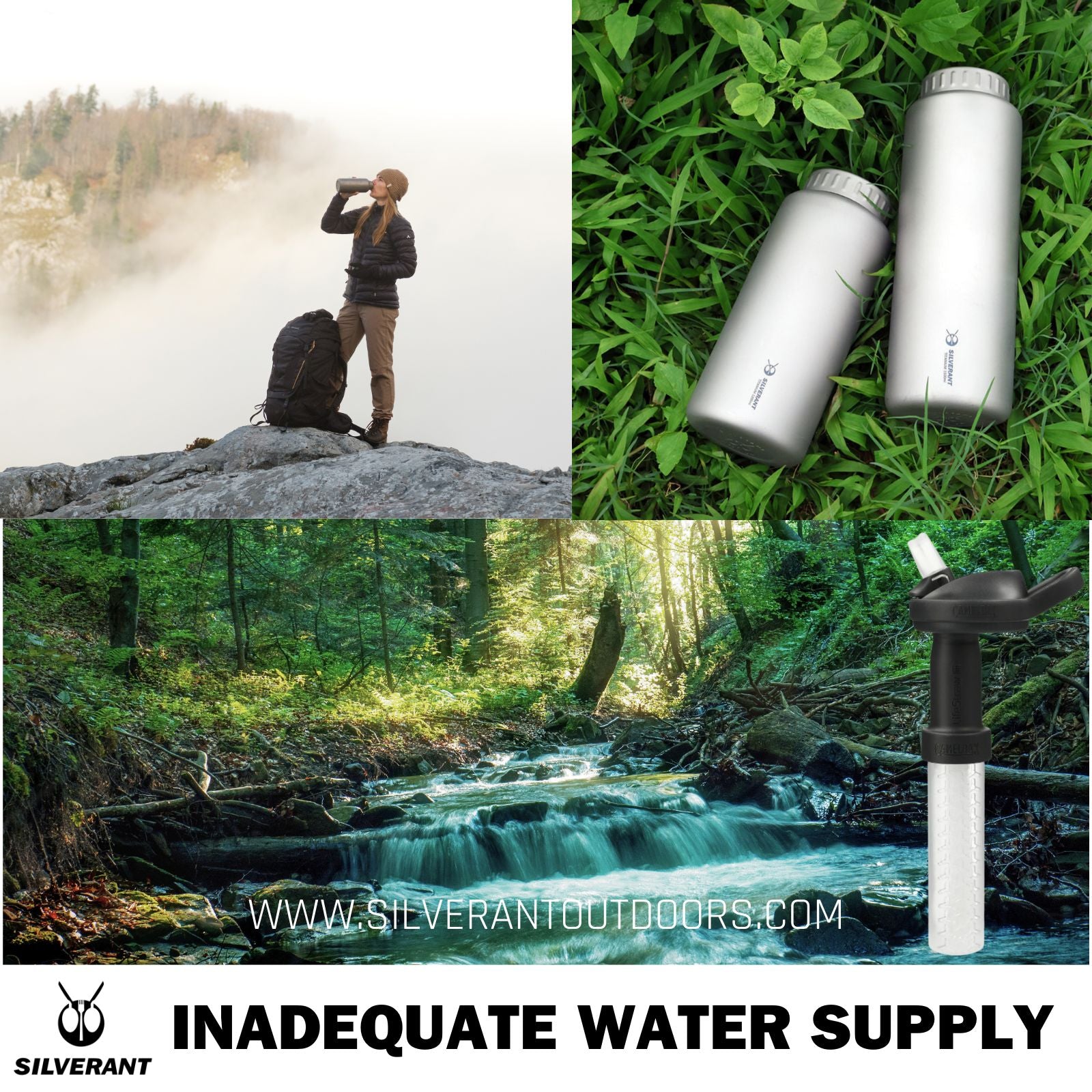
Reduced Comfort and Sleep Quality
Reduced comfort and sleep quality are common challenges that ultralight backpackers may face due to their minimalist approach to gear.
While the use of ultralight sleeping systems, such as sleeping pads or quilts, is intended to save weight, it may not provide the same level of cushioning and insulation as traditional, heavier options.
To address these concerns, ultralight backpackers should take essential precautions to enhance their comfort and sleep quality during rest periods.
One crucial step is to conduct trial runs of the sleeping system before embarking on the actual trip.
This allows backpackers to assess their comfort levels and identify any discomfort or issues that may arise during a night's rest.
By understanding how their chosen sleeping system performs, they can make the necessary adjustments to optimize their comfort and sleep experience on the trail.
Carrying additional insulation is another proactive measure to improve sleep quality.
Extra layers of clothing offer valuable supplementary warmth, particularly during colder nights.
Moreover, including an inflatable pillow from reputable brands like NEMO or Trekology provides much-needed support for the head and neck, contributing to a more restful and comfortable sleep experience.
Furthermore, paying attention to campsite selection is vital for ensuring a comfortable sleeping experience.
Finding a level and comfortable spot for setting up the sleeping system can help avoid discomfort from the uneven or rocky ground.
By carefully evaluating the sleeping system, making necessary adjustments, and carrying additional insulation, ultralight backpackers can minimize the challenges associated with reduced comfort and sleep quality during their outdoor excursions.
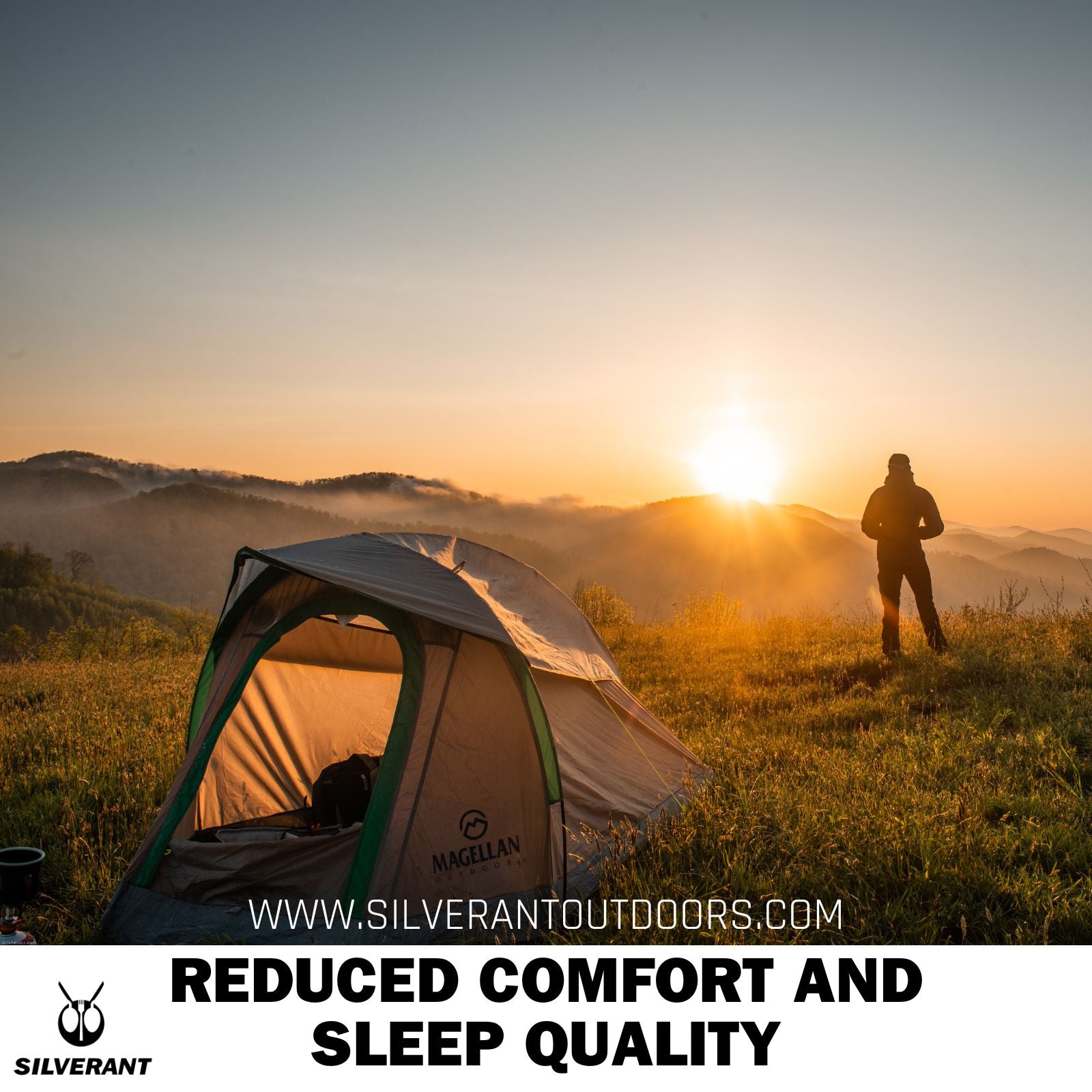
Limited Margins for Error
Limited margins for error present a significant challenge for ultralight backpackers.
With fewer gear options at their disposal, they have less room for mistakes and contingencies in case of gear failure, injuries, or navigation errors during their wilderness adventures.
To mitigate this risk, ultralight backpackers must prioritize developing essential outdoor skills.
Proficiency in Navigation
Proficiency in navigation is vital to prevent getting lost and confidently finding the way back to the intended route.
Knowledge of map reading, using a compass, and understanding topographical features can make a significant difference in navigating through unfamiliar terrain.
Skilled Fire-starting Techniques
Being adept at fire-starting techniques is another indispensable asset for ultralight backpackers.
In situations where a campfire is essential for warmth, cooking, or signaling for help, having the skills to start a fire efficiently is crucial.
Proficient First Aid Skills
First aid skills are essential for addressing injuries or medical emergencies on the trail.
Knowing how to administer basic first aid can make a critical difference in managing injuries until professional help can be reached.
Carrying Repair Items
Furthermore, carrying repair items is a proactive measure to address minor gear issues swiftly.
Duct tape and repair patches can be used to fix small tears in tents or clothing, ensuring that gear remains functional throughout the trip.
Maintaining situational awareness and carefully assessing risks is paramount for ultralight backpackers.
Being mindful of the environment and potential hazards can help avoid accidents and errors.
By prioritizing essential outdoor skills, carrying repair items, and staying vigilant on the trail, ultralight backpackers can expand their margins for error and enhance their safety during their wilderness excursions.
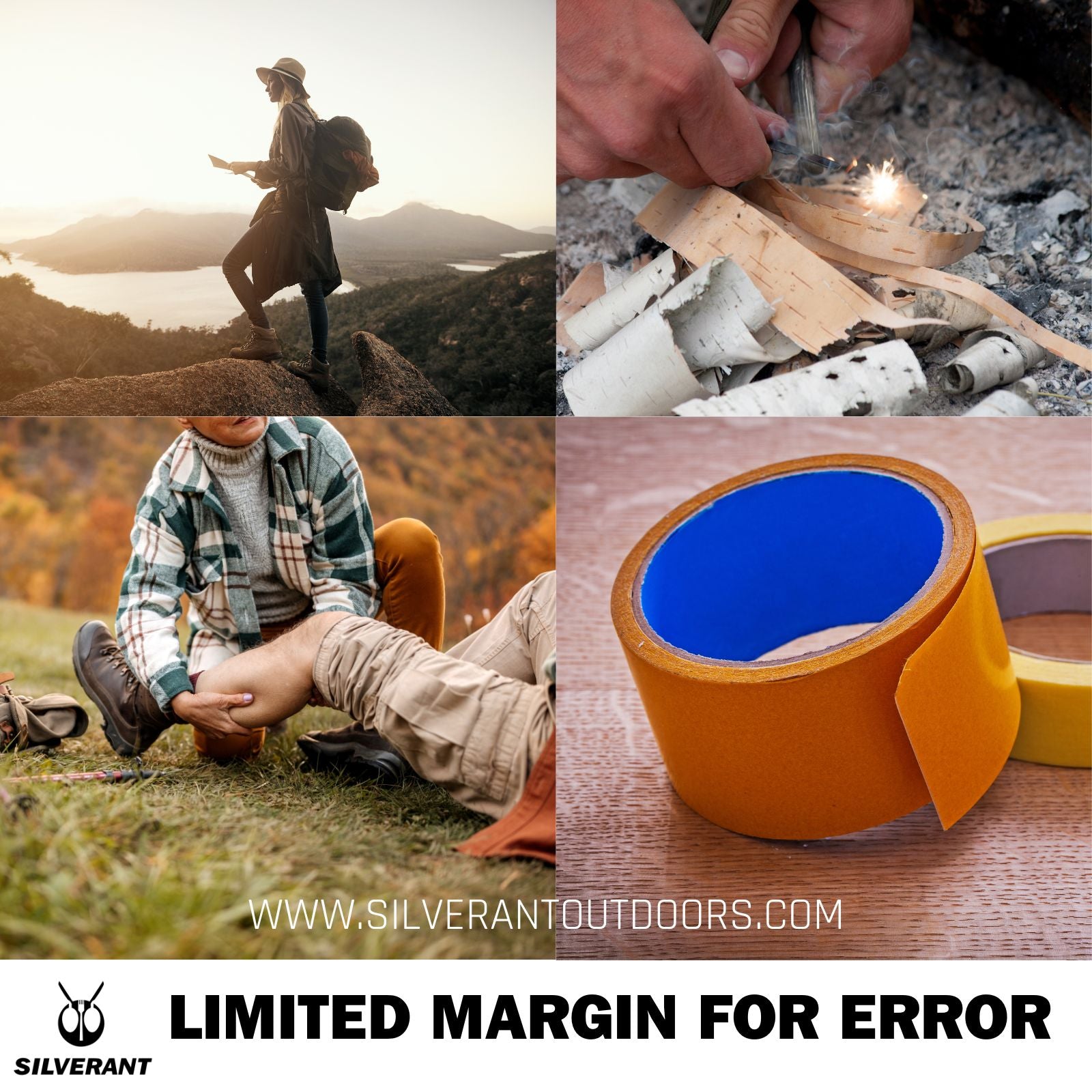
Wildlife Encounters
Finally, ultralight backpackers must be vigilant about wildlife encounters due to their minimalist shelters and food storage practices, which can inadvertently attract animals to their campsite.
The reduced barriers between backpackers and the surrounding environment can increase the risk of dangerous encounters with wildlife.
Responsible Food Storage
To address this risk, responsible food storage practices become paramount.
Ultralight backpackers must strictly adhere to proper food storage guidelines to minimize the chances of wildlife being drawn to their campsite.
Hanging food bags away from the sleeping area, high in trees and out of reach, is a common practice to prevent animals from accessing food.
In areas where bear activity is prevalent, bear-resistant canisters or bags should be used to securely store food and scented items.
Brands like BearVault and Ursack offer reliable canisters and bags designed to deter bears and other wildlife from accessing the food.
Behave Properly
Understanding how to behave during wildlife encounters is essential for the safety of both backpackers and animals.
Maintaining a respectful distance from wildlife is crucial to preventing disturbances and reducing the likelihood of confrontations.
Observing wildlife from a distance with binoculars or a camera can offer a rewarding experience without putting yourself or the animals at risk.
Avoiding direct eye contact and sudden movements is also essential during encounters with wildlife.
These behaviors can be interpreted as threats, potentially triggering defensive reactions from the animals.
Instead, calmly and quietly move away from the wildlife, giving them space to go about their natural activities undisturbed.
It is crucial to remember that feeding wildlife, intentionally or unintentionally, can have severe consequences for both animals and humans.
Feeding wildlife can lead to animals becoming habituated to human presence, altering their natural behaviors, and posing risks to future backpackers and the animals themselves.
Additionally, ultralight backpackers should familiarize themselves with the specific wildlife in the area they plan to visit.
Knowing the habits and behaviors of local animals can help backpackers anticipate potential encounters and take appropriate precautions.
By adopting responsible food storage practices and maintaining a respectful distance from wildlife, ultralight backpackers can contribute to the safety and preservation of the natural environment.

Conclusion
In conclusion, ultralight backpacking offers adventurers the opportunity to immerse themselves in awe-inspiring landscapes while carrying a minimalist gear selection.
However, this approach also presents specific risks that must be carefully addressed to ensure a safe and enjoyable outdoor experience.
Prioritizing safety through weather preparation, essential gear, and physical training is vital.
Addressing limited food reserves, proper hydration, and responsible foraging are crucial.
Improving comfort and sleep with trial sleeping systems and site selection is essential.
Mastering outdoor skills and carrying repair items are necessary for handling potential errors.
Minimizing wildlife encounters through responsible food storage ensures safety.
By embracing these essential precautions, ultralight backpackers can embark on their wilderness adventures with greater confidence and safety.
Embrace the simplicity, but prioritize safety – and you'll create memories that last a lifetime.
I hope this article has provided valuable insights into the safety considerations of ultralight backpacking trips.
Should you have any questions, feel free to leave a comment below.
To your next adventure
Steve












































